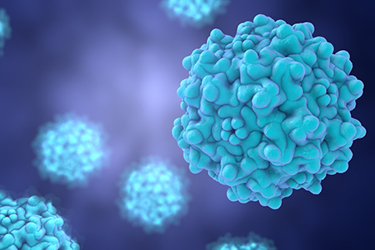Comprehensive AAV-Based Vector Shedding Assessment By PCR
By Vikas Singh, Kristen Mickey, Kimberly Murray, Elijah Ybarra, Krista Arnett, Tyler Crouse, David Robbins, Megan Allinson, Kyle Thompson, Scott Braham, Lilly Marshall, Marissa Villarreal, Dan Jobes, Madison Hendrickson, Toriana Canady, Richard Oliver, Tracy Tran, Pamela Douglass, Xiaoling Shen, Stephanie Schildknecht, Ashley Sintetas, Manisha Diaz, Mark Wissel

Recombinant adeno-associated virus (AAV)-based gene delivery is a leading platform enabling transformative treatments for genetic disorders. Understanding the potential transmission risks in clinical trials requires a comprehensive assessment of viral particle shedding profiles.
Quantitative polymerase chain reaction (qPCR) assays are the current gold standard for studying viral shedding. A sensitive, reproducible, and robust client-specific AAV qPCR assay was developed and validated across five complex matrices: whole blood, serum, semen, urine, and buccal swab.
The challenge of nucleic acid extraction from complex samples like whole blood and semen can be overcome by normalizing to the total mass of DNA extracted, which helps achieve excellent Limits of Detection (LODs) and Lower Limits of Quantification (LLOQs). Furthermore, concurrent investigations revealed that qPCR kit lot-to-lot variability can be caused by the acidification of the bead binding solution over time. A significant shift in the Crossing Threshold (CT) due to this acidification can increase the risk of false-positive or false-negative results in a clinical trial.
Learn more about the lessons learned in PCR testing to support cell & gene therapy and vaccine trials.
Get unlimited access to:
Enter your credentials below to log in. Not yet a member of Cell & Gene? Subscribe today.
